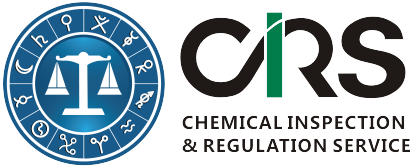Update History of CLP Regulation Summarized by CIRS
5 Oct 2011, The European Commission published a draft Regulation amending the Regulation (EC) No 1272/2008 on classification, labelling and packaging (CLP) of substances and mixtures. This is the third adaptations progress (ATPs) to the CLP regulation.
The 3rd ATP will update the classifications of 16 substances (for example, 2-ethoxyethanol) in Tables 3.1 and 3.2 of Annex VI of CLP regulation. The draft regulation is expected to come into force on 1 June 2013. However, companies can adopt those updates on a voluntary basis prior to 1 June 2013.
The technical annexes of CLP Regulation, as well as certain articles, will be updated from time to time to ensure they are kept as comprehensive and accurate as possible – this is done through the EU comitology process. The amendments are known as adaptations to technical progress (ATPs) to the Regulation.
Use of harmonised classification and labelling set out in Tables 3.1 and 3.2 of Annex VI of CLP regulation is mandatory in Europe. It is very important that companies follow the updates of CLP regulation to ensure that they are using up-to-date classification criteria or harmonized classifications. The previous two adaptations are listed as follows:
First adaptation to technical progress
The 1st Adaptation to Technical Progress (1st ATP) is laid down in COMMISSION REGULATION (EC) No 790/2009. The regulation was issued on 10th Aug 2009 and entered into force on 01st Dec 2010. The regulation brings the entries from the 30th ATP & 31st ATP of Directive 67/548/EEC into Annex VI of CLP, resulting in the update of harmonized classifications in annex VI of CLP.
Second adaptation to technical progress
The 2nd Adaptation to Technical Progress (2nd ATP) to the CLP Regulation is laid down in Commission Regulation (EU) No 286/2011 which entered into force on 19 April 2011. It includes various scientific-technical changes to the Annexes to the CLP Regulation. The main purpose of this regulation is to align CLP regulation with the 3rd revised edition of UN GHS. The changes relate, inter alia, to the labelling provisions, new sub-categories for respiratory and skin sensitisation, the revision of the classification criteria for long-term hazards (chronic toxicity) to the aquatic environment and the hazard class for substances and mixtures hazardous to the ozone layer.
To follow more events, free regulatory updates and publications from CIRS, please subscribe our monthly newsletter:
